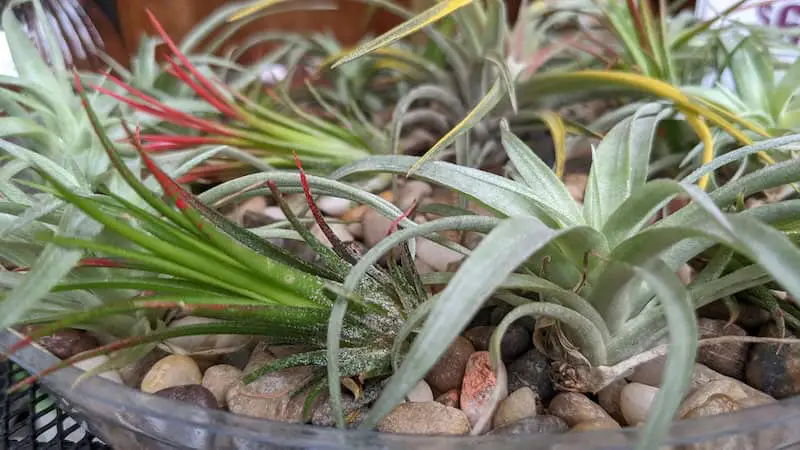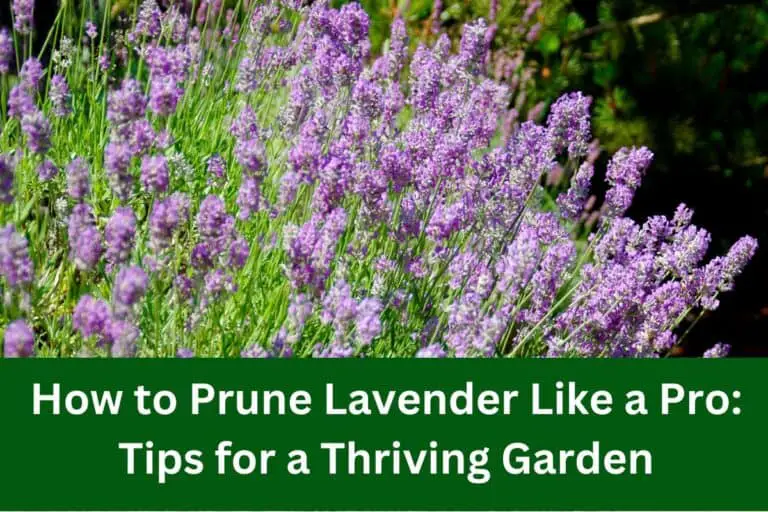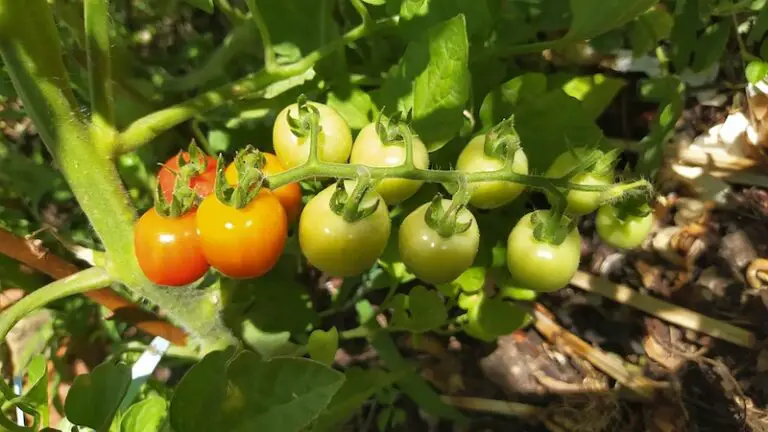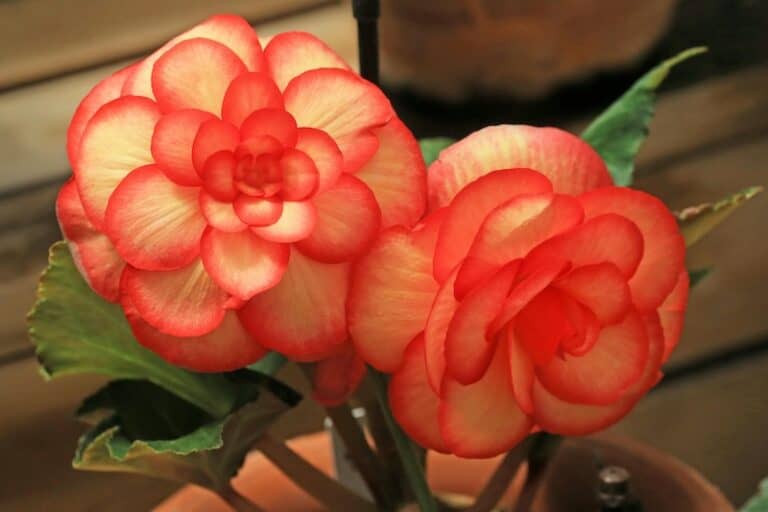Air Plants 101: 12 Essential Tips for Growing Thriving Tillandsia
Air plants, scientifically known as Tillandsia, are fascinating and versatile plants that have captivated plant enthusiasts worldwide. Unlike most plants, air plants do not require soil to grow. Instead, they absorb water and nutrients through their leaves from the air around them. This unique characteristic makes them an excellent choice for creative and unconventional indoor gardening. Here are twelve essential things you need to know about growing Tillandsia.
1. Understanding Tillandsia Varieties
Tillandsia is a diverse genus with over 600 species, each with its unique appearance and care requirements. They are generally categorized into two groups: mesic and xeric. Mesic air plants come from humid environments like rainforests and typically have softer, greener leaves. Xeric air plants, on the other hand, originate from arid regions and have tougher, grayer, or silver leaves. Knowing which type you have is crucial for providing the appropriate care.
Mesic air plants require more frequent watering and higher humidity levels, whereas xeric varieties are more drought-tolerant and need less frequent watering. Understanding these differences can help you create the ideal environment for your air plants to thrive.
2. Light Requirements
Tillandsia requires bright, indirect light to flourish. Place them near a window where they can receive filtered sunlight or in a well-lit room with plenty of natural light. Avoid direct sunlight, especially during the hottest part of the day, as it can scorch the leaves.
If natural light is insufficient, you can use artificial grow lights. Full-spectrum fluorescent or LED lights work well for air plants. Ensure the lights are placed at an appropriate distance (6-12 inches) from the plants and provide 12-16 hours of light per day. Regularly rotate your plants to ensure even light exposure and prevent any part of the plant from becoming too shaded.
3. Watering Techniques
Watering air plants is different from traditional plants since they do not have soil to retain moisture. The most effective method is soaking. Submerge your Tillandsia in room-temperature water for 20-30 minutes once a week. After soaking, gently shake off excess water and let them dry in a well-ventilated area to prevent rot.
In addition to soaking, you can mist your air plants between waterings to maintain humidity. However, misting alone is not sufficient for their hydration needs. Always ensure the plants dry completely within four hours of watering to avoid fungal issues. During dry or hot weather, you may need to increase the watering frequency.
4. Air Circulation
Proper air circulation is vital for the health of air plants. Good airflow helps them dry quickly after watering, reducing the risk of rot and fungal infections. Ensure they are placed in a location with adequate ventilation, such as near an open window or a fan.
Avoid placing Tillandsia in closed terrariums or containers without ventilation. If you prefer displaying them in glass containers, ensure the containers have openings for air circulation. Regularly move the plants to different spots to ensure they receive adequate airflow from all sides.
5. Temperature and Humidity
Tillandsia thrive in temperatures between 50°F and 90°F (10°C to 32°C). They can tolerate occasional dips below this range but should be protected from frost. Maintaining a consistent temperature is essential for their growth and health.
Humidity is another critical factor. Air plants prefer humidity levels between 50% and 70%. If your home is particularly dry, especially during winter, you can increase humidity by misting the plants regularly or using a humidifier. Grouping air plants together can also help create a microclimate with higher humidity levels.
6. Fertilizing Tillandsia
Air plants benefit from occasional fertilization to promote growth and blooming. Use a specialized air plant fertilizer or a bromeliad fertilizer diluted to half-strength. Fertilize your Tillandsia once a month during the growing season (spring and summer).
Avoid using regular plant fertilizers, as they can be too harsh for air plants and may cause damage. When applying fertilizer, mix it with water and soak the plants as usual. Ensure the plants dry completely after fertilizing to prevent any potential issues.
7. Propagation Methods
Propagating air plants is relatively straightforward. The most common method is through offsets, also known as “pups.” These small clones grow at the base of the parent plant. Once the pup reaches one-third to one-half the size of the parent plant, it can be gently removed and grown on its own.
To remove a pup, hold the parent plant firmly and gently twist the pup until it separates. Alternatively, you can use a sterilized knife or scissors to cut it off. Allow the pup to dry for a day before soaking it in water and continuing with regular care. With time and proper care, the pup will grow into a mature air plant.
8. Creative Displays
One of the most appealing aspects of air plants is their versatility in display options. Since they don’t need soil, you can place them in various creative and unconventional ways. Mount them on driftwood, shells, rocks, or decorative wire frames. You can also hang them from the ceiling or attach them to walls using hooks or wire.
Terrariums and glass containers are popular display choices, but ensure they have proper ventilation. Combining different air plant varieties in a single display can create an eye-catching arrangement. Remember to rotate your displays occasionally to provide even light exposure and prevent any part of the plant from becoming too shaded.
9. Common Problems and Solutions
While Tillandsia are relatively low-maintenance, they can encounter a few issues. One common problem is rot, usually caused by inadequate drying after watering or poor air circulation. To prevent rot, ensure your air plants dry completely within four hours of watering and maintain good airflow.
Another issue is browning or crispy leaf tips, often due to insufficient watering or low humidity. Increase your watering frequency and mist the plants regularly to maintain proper hydration. If your air plants are not thriving, evaluate their light, water, and humidity conditions and adjust accordingly. Removing dead or damaged leaves can also help improve the plant’s overall health.
10. Seasonal Care Adjustments
Air plants may require different care adjustments based on the season. During the growing season (spring and summer), they are more active and may need more frequent watering and fertilization. Ensure they receive ample light and maintain proper humidity levels.
In the dormant season (fall and winter), reduce watering frequency as their growth slows down. However, continue to provide bright, indirect light and adequate air circulation. If indoor humidity levels drop significantly, increase misting or use a humidifier to maintain a suitable environment. Adapting your care routine to seasonal changes will help keep your air plants healthy year-round.
11. Blooming and Flowering
One of the most delightful aspects of growing air plants is witnessing their unique blooms. Tillandsia flowers are often vibrant and come in various shapes and colors, ranging from deep purples and pinks to bright reds and yellows. However, air plants bloom only once in their lifetime, typically during their mature phase, which can take several years to reach.
When an air plant is ready to bloom, you may notice the central leaves changing color, signaling the onset of flowering. The blooming period can last from a few days to several weeks, depending on the species. After flowering, the plant will gradually produce pups before eventually dying. During the blooming phase, continue regular care, but be extra cautious with watering to avoid damaging the delicate flowers.
12. Pest Management
Although Tillandsia are relatively resilient, they can occasionally fall victim to pests such as mealybugs, aphids, and scale insects. These pests can weaken the plants and affect their growth. Regularly inspect your air plants for signs of infestation, such as discolored leaves, sticky residue, or the presence of small insects.
To manage pests, you can use natural insecticidal soap or a diluted mixture of water and rubbing alcohol. Gently spray the affected areas and use a soft brush or cotton swab to remove the pests. Ensure the plants dry thoroughly after treatment to prevent any residual moisture issues. Maintaining good air circulation and proper care can also help deter pests from infesting your air plants.
In conclusion, growing Tillandsia, or air plants, can be a rewarding and enjoyable experience. By understanding their unique needs and providing the appropriate care, you can cultivate a thriving collection of these fascinating plants. Whether you’re a seasoned plant enthusiast or a beginner, air plants offer endless possibilities for creative displays and indoor gardening.







